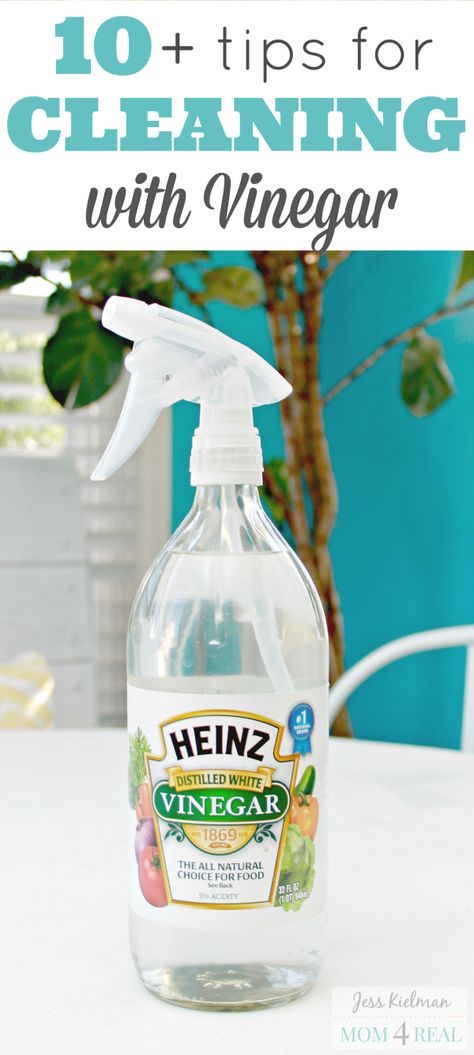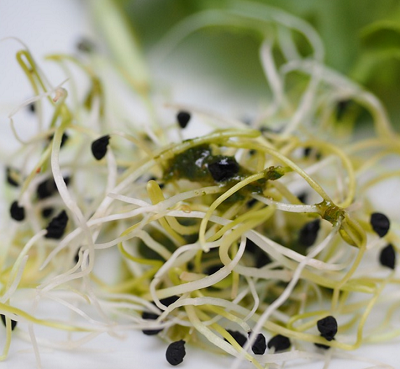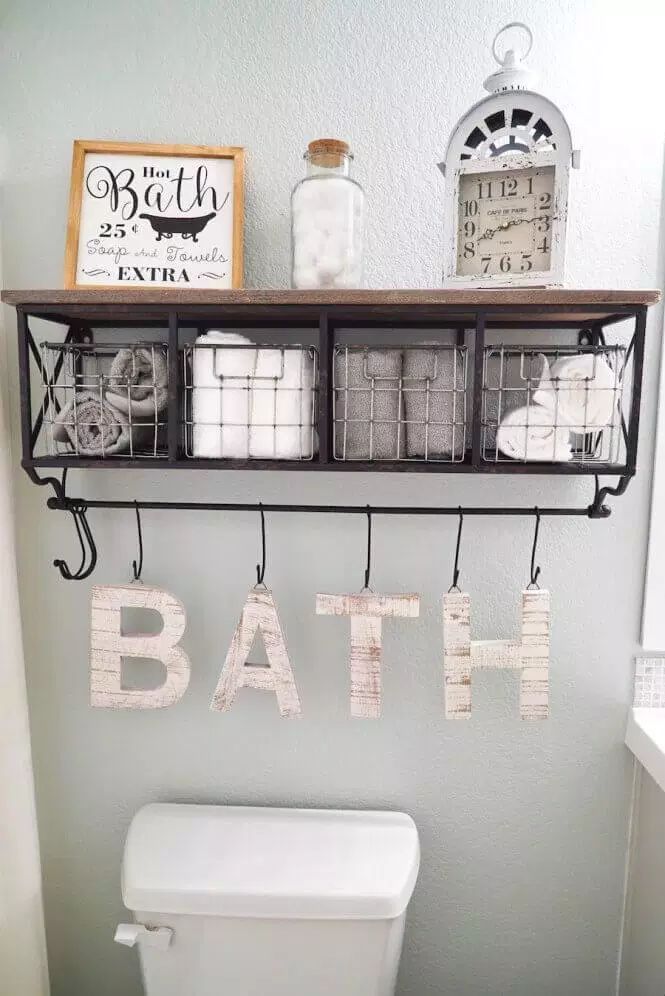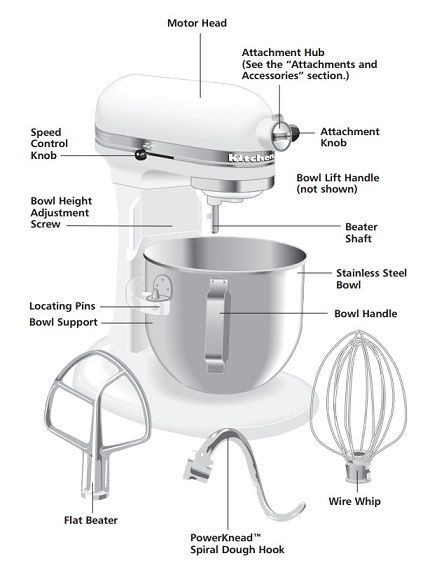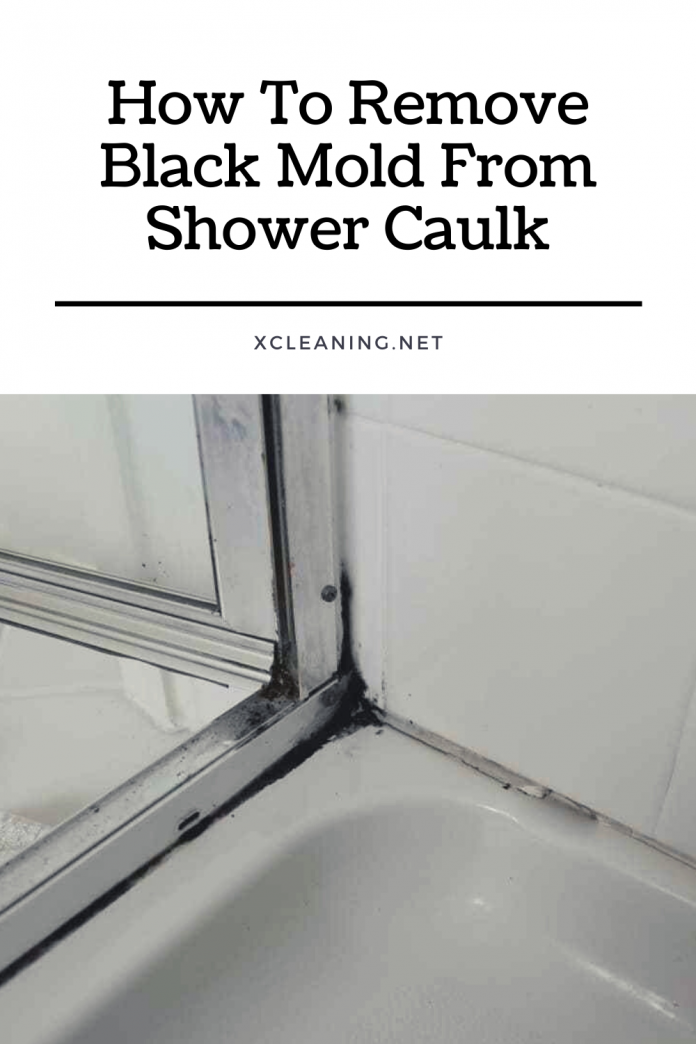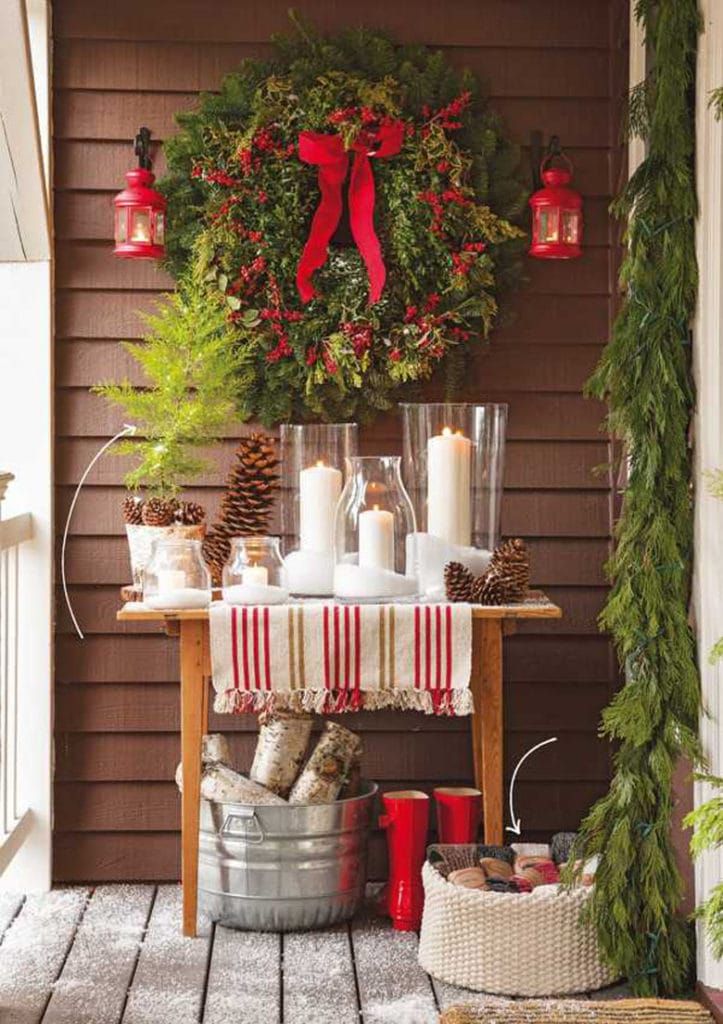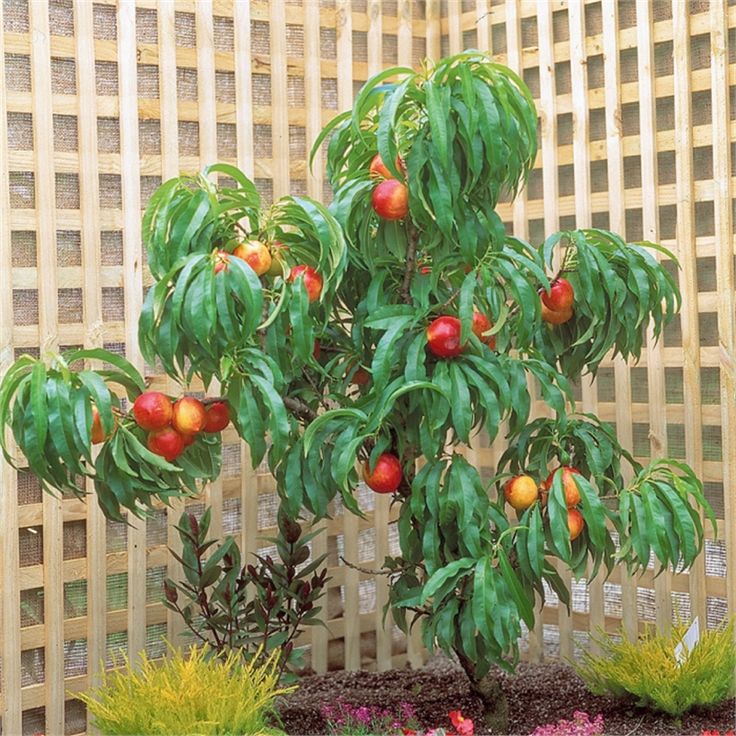Vinegar for cleaning
The Do's and Don'ts of Cleaning with Vinegar
Not many people know that November 1st is National Vinegar Day, but to be honest, this versatile household staple deserves a celebration.
Vinegar is the unheralded hero of the home, as helpful in flavoring our sauces as it is cleaning countertops or killing weeds. It’s safe, powerful, inexpensive, and always on hand for quick cleanups between your weekly cleaning service. We may use our favorite branded cleaners for specific chores, but nothing is more dependable than vinegar in a pinch.
The possibilities seem endless, but it’s crucial to understand that vinegar is not safe for every surface around the house. We’ll explore how to clean with vinegar, so you can understand the best times to use a vinegar cleaning solution and the best times to find an alternative.
Why Is Vinegar Good for Cleaning?
There are many types of vinegar, but the multi-functional centerpiece of many DIY green cleaning solutions is distilled white vinegar. Composed of 5% acetic acid to 95% water, distilled vinegar is safe to consume and strong enough to clean. Its acidity goes to work on grime and dirt, dissolving and loosening messes to make them wipe clean.
What You Can Clean With Vinegar
You can create an all-purpose vinegar spray by mixing one part vinegar with one part water, adding in a few drops of essential oils as desired for a more pleasant aroma. A vinegar cleaning solution can be used for cleaning counters, wiping down mirrors, polishing fixtures, and much more. Let’s look at different areas in the house to see how it fits into your cleaning routine.
Vinegar in the Kitchen
Vinegar is an excellent kitchen cleaner because it’s both potent and non-toxic. You won’t have to worry about food coming into contact with hazardous chemicals, giving you peace of mind as you tidy your floors, counters, and appliances.
Here are some of the best ways you can use a vinegar cleaner around the kitchen:
- Clean the inside of the refrigerator
- Microwave a bowl of vinegar cleaner for 2-4 minutes to loosen grime on the inside
- Clean countertops and the sink
- Descale coffee pots and tea kettles
- Remove odors and stains from inside food processors
You can also make a handy glass cleaner for windows and hard water-marked dishware.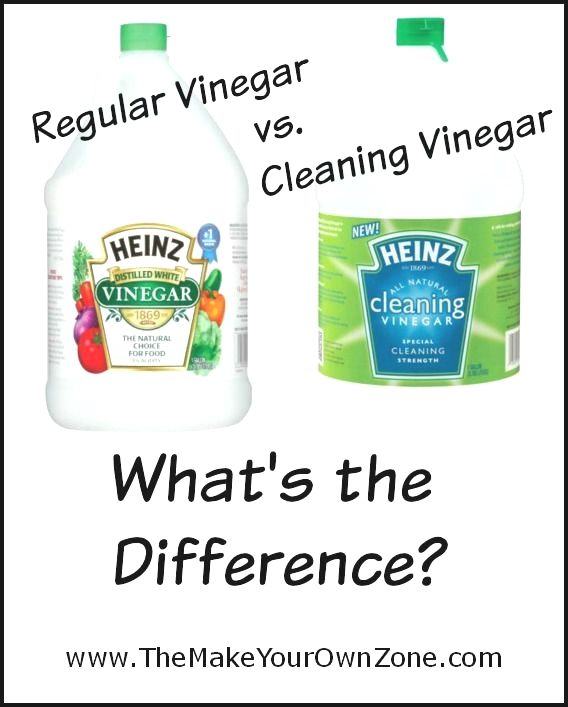 It’s efficient at removing stains and grime from numerous kitchen items. Let it sit for several minutes in plastic containers or cookware to get rid of grease and water stains.
It’s efficient at removing stains and grime from numerous kitchen items. Let it sit for several minutes in plastic containers or cookware to get rid of grease and water stains.
Vinegar in the Bathroom
Vinegar's odor-killing power is an enormous help in the bathroom. Like the kitchen, there are many non-porous bathroom surfaces that can handle your vinegar cleaner.
Try using these tips to clean your bathroom:
- Get a spotless shine with a vinegar solution for shower doors
- Remove hard water stains on faucets and drains with your vinegar spray
- Soak your showerhead in vinegar for a few hours to make it sparkle
- Brush your toilet bowl with a ½ cup of vinegar
Vinegar can power through soap scum, remove mold and mildew, and break down hard water minerals, three essential needs when trying to tackle the cleaning chores between maid service visits. Try pairing vinegar and baking soda for extra-strength cleaning and deodorizing around the kitchen and bathroom.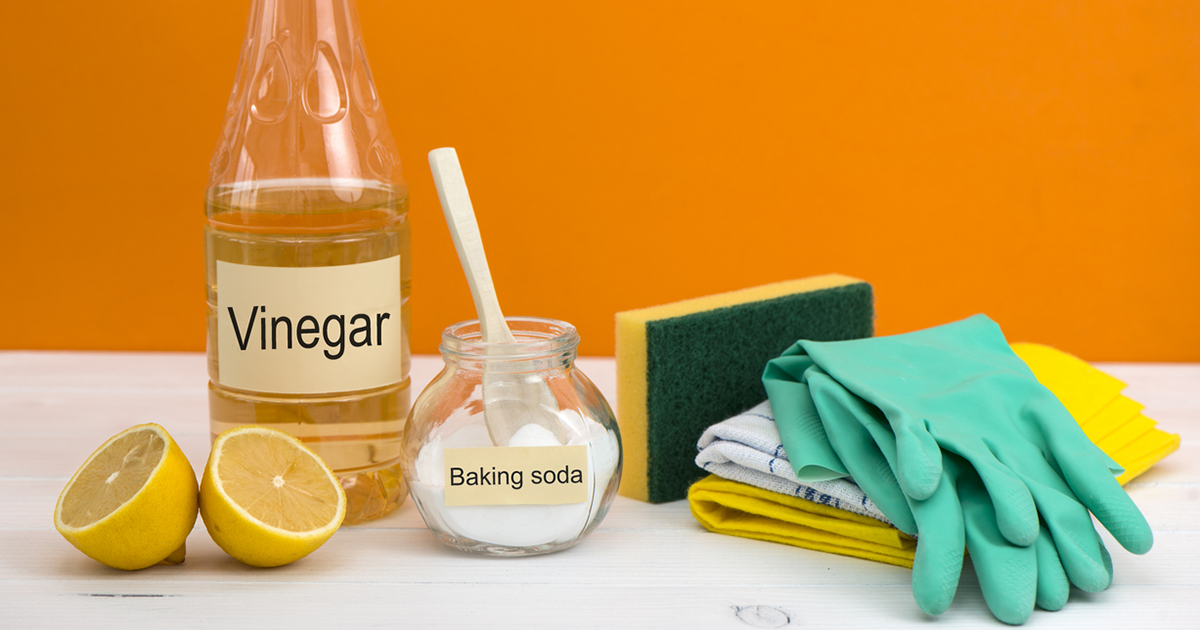
Vinegar in the Bedroom, Living Room, and Laundry
You can use vinegar in any room and not only on hard surfaces. Add ½ cup of it to the washing machine to give your laundry detergent a color-protecting boost. Alongside baking soda, it can remove stains and odors from your carpet or freshen up a mattress.
When You Shouldn’t Use Vinegar
Vinegar probably sounds like the universal answer to any cleaning problem, but there are plenty of places where you would be wise not to use it. There are also plenty of products that you must never mix with vinegar. For instance, although they make an incredible cleaning duo when used one after the other, mixing vinegar and baking soda is completely useless.
For safety reasons, never mix vinegar with hydrogen peroxide or bleach. When you combine them with vinegar, these cleaning chemicals create dangerous gasses that irritate the eyes, skin, and respiratory system.
Your trusty vinegar cleaning solution can also be harmful to certain materials around the home. The following are some of the critical places to avoid cleaning with vinegar.
The following are some of the critical places to avoid cleaning with vinegar.
Metal Surfaces
Vinegar is effective on stainless steel and enameled cast iron surfaces, but it can be corrosive for most metals. Even some varieties of stainless steel, such as smudge-proof stainless steel, can degrade from vinegar. Be careful using vinegar on metal cooking utensils, countertops, and appliance surfaces.
Stone Countertops
Vinegar’s acidity is problematic for natural stone surfaces. It will etch your countertops, dig through the protective sealant, and take away most of the luster. Do not use vinegar on the following materials:
- Granite
- Soapstone
- Marble
- Limestone
- Travertine
- Onyx
- Quartz
Instead of vinegar, stick with water and a cloth to wipe away dirt. Abrasive cleaners are a quick way to damage most stone fixtures, so basic approaches are usually the best way of protecting your investment.
Electronic Screens
Vinegar can make a great glass cleaner, but you cannot treat electronic screens like your average window. For a safer formula, use a mixture of one part distilled water and one part isopropyl alcohol. Mix them in a spray bottle, and use a microfiber cloth to clean dust and smudges off the screen.
Wood Floors
Like stone surfaces, wood floors can also face damage from vinegar. The acid will dissolve away the finish, making your floor look dull and worn. Refer to your flooring manufacturer’s recommendations for appropriate floor cleaners.
Targeted Disinfection
Among the many advantages of vinegar as a cleaner, perhaps the most notable is its safe use as a disinfectant. Vinegar has been shown to have antimicrobial benefits, effective in killing various foodborne pathogens such as:
- E. coli
- Salmonella
- Listeria monocytogenes
Vinegar can reduce many of these germs in the house, which is why it’s great for kitchen surfaces. Still, vinegar should not be your go-to germ-killer, as it’s not an EPA-registered disinfectant. If you’re concerned about particular illnesses in the house, you should opt for a certified disinfectant or schedule a maid service that specializes in disinfection and sanitization.
Still, vinegar should not be your go-to germ-killer, as it’s not an EPA-registered disinfectant. If you’re concerned about particular illnesses in the house, you should opt for a certified disinfectant or schedule a maid service that specializes in disinfection and sanitization.
Let Your Cleaning Service Manage the Mess
Vinegar is a must-have for every household, a convenient tool for countless cleanup chores. Follow these tips on cleaning with vinegar, and you’ll make cleaning easy and worry-free every time.
Even though vinegar can do it all, it can sometimes be hard for you to do it all, especially after a long day of working and looking after the family. Get some relief with a local cleaning service matched to fit your needs, budget, and schedule. Request a booking today, and see how easy it is to find the perfect cleaning solution.
15 things you can clean with vinegar |
(Image credit: Getty Images)
It’s surprising the things you can clean with vinegar around the home.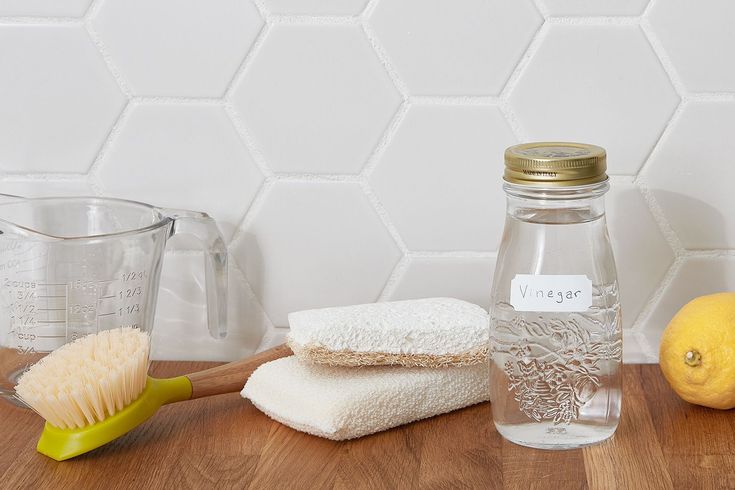 It’s white vinegar that can help keep everything hygienically clean – the key is to dilute it with water and any other natural extracts or essential oils to add a lovely scent.
It’s white vinegar that can help keep everything hygienically clean – the key is to dilute it with water and any other natural extracts or essential oils to add a lovely scent.
'Vinegar is made from acetic acid,' says Lucy Searle, Global Editor in Chief for Homes & Gardens. 'So this makes it a natural disinfectant for so many germs including salmonella and E Coli. It can be great for some kitchen surfaces and appliances, as well as in the bathroom. It’s a brilliant product to have in the store cupboard and avoids using store-bought abrasive cleaners. A word of warning, though – undiluted vinegar can damage natural stone and wood, so always check – or dilute really well – before using vinegar for cleaning.'
Here are our top cleaning tips for using vinegar to get a sparkle back in your home.
Cleaning with vinegar
If you use store-bought household cleaners, you are probably already cleaning with vinegar, since it's made with acetic acid, an ingredient in some cleaning products. Vinegar is very effective at cleaning precisely because of the acid, which will break down grease, grime and dirt easily. Be warned though, it can damage some surfaces so always check – or test patch – before you use vinegar, especially neat vinegar, for cleaning.
Vinegar is very effective at cleaning precisely because of the acid, which will break down grease, grime and dirt easily. Be warned though, it can damage some surfaces so always check – or test patch – before you use vinegar, especially neat vinegar, for cleaning.
1. Clean windows with vinegar
(Image credit: Future / James Balston)
Our windows can look really dirty really quickly but all they need is a homemade vinegar and water solution to get them sparkling in no time.
Mix equal parts of white vinegar and hot water and add a splash of liquid soap to help remove any streaks. Martha Stewart says that the best time of day to clean is when the sun isn’t shining directly on the windows:
'Using a sponge, wet (but don’t drench) the window with the DIY window cleaner solution and rub the dirt away, being sure to keep the solution from touching the window frames,' she advises. 'Next, wet the squeegee and starting at an upper corner, draw it down in a straight stroke.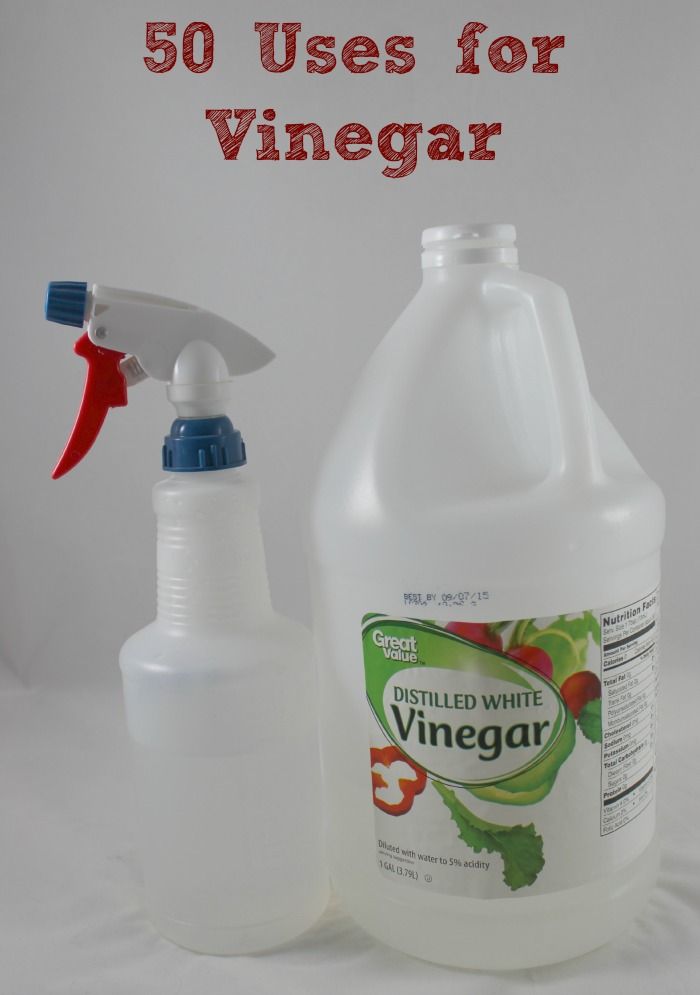 Return to the top and repeat, slightly overlapping the first stroke. After each stroke, wipe the rubber edge of the squeegee with a sponge or lint-free cloth. Finish by pulling the squeegee across the bottom of the window, and dry the sill with a sponge or cloth.'
Return to the top and repeat, slightly overlapping the first stroke. After each stroke, wipe the rubber edge of the squeegee with a sponge or lint-free cloth. Finish by pulling the squeegee across the bottom of the window, and dry the sill with a sponge or cloth.'
Cleaning a front door fitted with glass panels? You can tackle these in the same way as windows.
2. Clean a microwave with vinegar
(Image credit: Mowlem & Co)
Looking for kitchen cleaning tips? Many of us forget to give the microwave a good clean every now and then and it can quickly become a bit stinky if we don’t. Again, combine equal parts water and vinegar – this time in a large microwaveable bowl. Pop the bowl into the microwave and set it for about five minutes. The steam created will loosen any food debris, which you can simply wipe away.
3. Clean floors with vinegar
(Image credit: Future/Emma Lee)
Floor cleaning products can be pricey and strong smelling, so you might want to clean tile floors using vinegar – although do test this first if you are cleaning encaustic tiles or cleaning stone floors.
Take your equal parts vinegar and water solution and mop. It not only lifts off grease and dirt but the diluted solution stops the floor from being damaged by the acid of the vinegar. For her go-to kitchen cleaner, TV presenter Denise Wild fills a spray bottle with about 50 per cent vinegar, 30 per cent water and 20 per cent lemon juice. 'Then I add eucalyptus oil (for the smell) and tea tree oil (because it’s antibacterial),' she says.
4. Clean a stove with vinegar
(Image credit: Maestri Studio Photograph: Jenifer McNeil Baker)
These can become so greasy and sticky, especially when you’re cooking for the family once or twice a day. Vinegar is great for this, as its acidity cuts through grease in an instant. Simply spray your vinegar and water mix onto the cooktop, leave it for about 10 minutes then scrub with soapy water using a non-abrasive scouring pad.
5. Clean a kitchen sink with vinegar
(Image credit: DeVOL)
Your 1:1 diluted vinegar and water solution is ideal for the kitchen sink, too.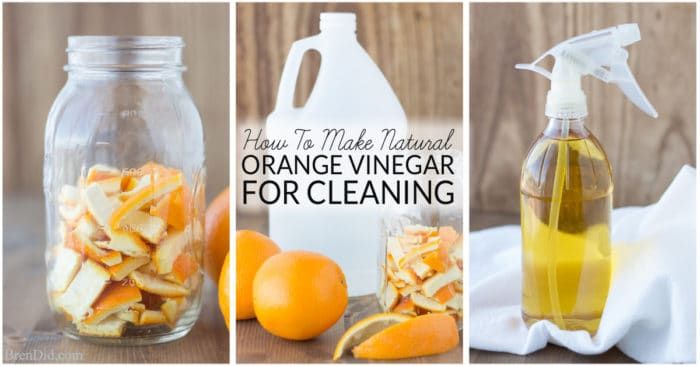 Simply spritz it onto all areas of the sink and rinse with soapy water afterwards.
Simply spritz it onto all areas of the sink and rinse with soapy water afterwards.
6. Clean kettles and coffee makers with vinegar
(Image credit: Lundhs)
To get rid of that horrible limescale inside your tea kettle or coffee maker, pour the water and vinegar solution directly into the appliance or water reservoir. Boil the kettle or run it through the coffee maker, followed by a few water-only run-throughs to rinse the taste and odor away. If you’re cleaning a humidifier, a vinegar solution can get rid of buildup in the tank in the same way.
A word of warning: check the manufacturer's instructions before cleaning a coffee maker with vinegar – they may advise against it, in which case, take heed.
7. Clean pots and pans with vinegar
(Image credit: Future)
Vinegar is an option when you want to get rid of burnt-on marks on pots and pans. Again, use a vinegar and water solution, adding enough to the pan to cover the stain completely.
Bring the solution in the pan to the boil and continue boiling for about 5 minutes. Allow the liquid to cool in the pan, before tipping it out and using a sponge suitable for the material the pan is made from to remove any remaining marks.
Note that vinegar could also be used for cleaning cast iron that‘s become rusty. If that’s the case, soaking it in a vinegar and water solution can help to remove the rust.
8. Clean food processors and blenders with vinegar
(Image credit: Vitamix)
Want to clean a blender? Blitz your diluted vinegar and water solution in the food processor or blender then wash as normal.
A word of warning: check the manufacturer's instructions before cleaning a food processor or blender with vinegar – they may advise against it, in which case, take heed.
9. Clean plastic chopping boards with vinegar
(Image credit: Alamy)
This is one area where you really need to be ultra-hygienic to prevent cross-contamination of raw meats.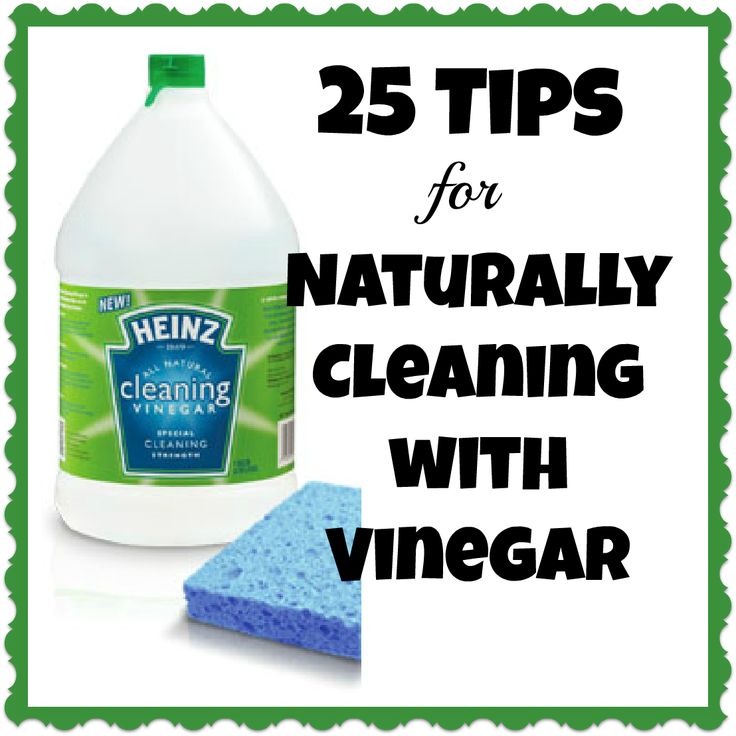 Once you’re finished prepping the evening meal, disinfect it in your water and vinegar solution then wash in soapy hot water.
Once you’re finished prepping the evening meal, disinfect it in your water and vinegar solution then wash in soapy hot water.
10. Clean wine glasses with vinegar
(Image credit: Getty Images)
It’s so annoying when the glassware gets all cloudy. This is often caused by hard water, so to combat this, soak them in the sink with some non-diluted white vinegar for a few minutes then wash as normal.
11. Clean a dishwasher with vinegar
(Image credit: Future / David Parmiter)
A great cleaning hack is to pour a cup of vinegar onto the base of the dishwasher inside the main cavity then run an empty cycle without any dishes or detergent in, to free-up any mineral deposits.
A caveat, though: a dishwasher can be one of the things not to clean with vinegar as it can damage some rubbers used for parts of the dishwasher. Check your manual.
12. Clean a refrigerator and freezer with vinegar
(Image credit: Smeg)
Have a good sort out by using up any food that’s near its use-by date and give the refrigerator and freezer a thorough clean with your diluted water and vinegar solution.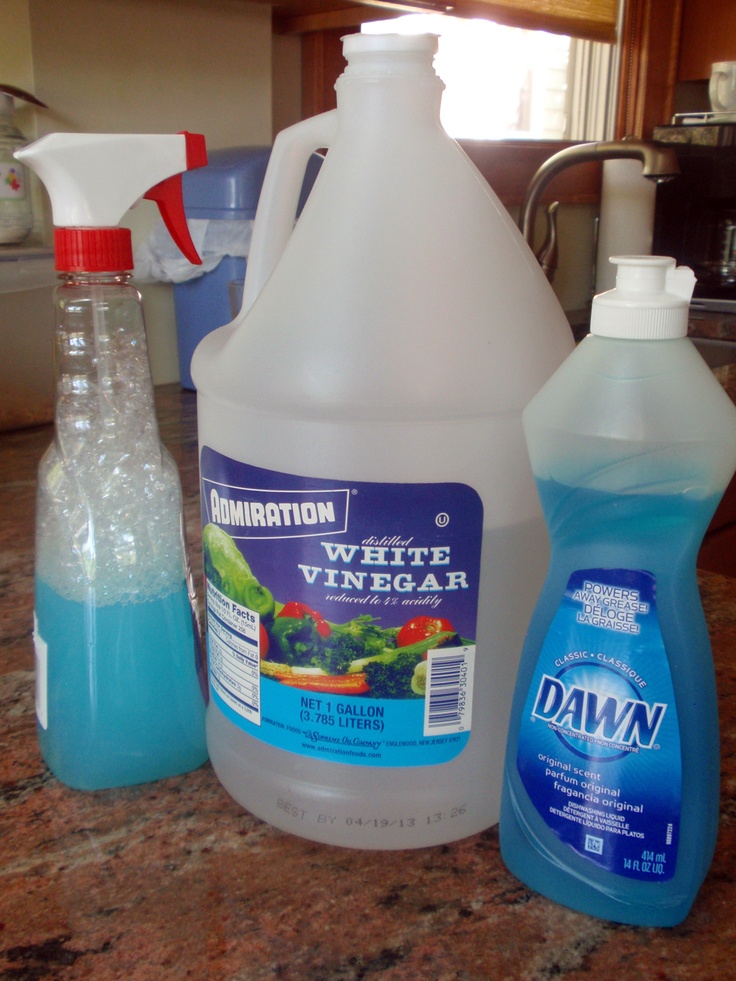
13. Clean a showerhead with vinegar
(Image credit: Future)
Vinegar can also be used as a cleaning product in the bathroom too. Clean a showerhead by pouring some white vinegar into a plastic bag and secure it around the showerhead with an elastic band. Leave overnight and wake up to a sparkling shower!
14. Clean a bathtub with vinegar
(Image credit: JL Design)
To clean a bathtub with vinegar, simply mix it with warm water and begin scrubbing the surface of your problem area. If the stain persists, mix vinegar and baking soda and let sit for a few minutes before vigorously scrubbing.
15. Clean a toilet with vinegar
(Image credit: James Balston)
No-one likes cleaning the loo but for great results, pour a cup of undiluted vinegar into the bowl and leave overnight. The next day, sprinkle with baking soda and scrub. Finally, flush the toilet and you’re all done.
What should you never clean with vinegar?
You should never clean natural stone, especially granite and marble, with vinegar.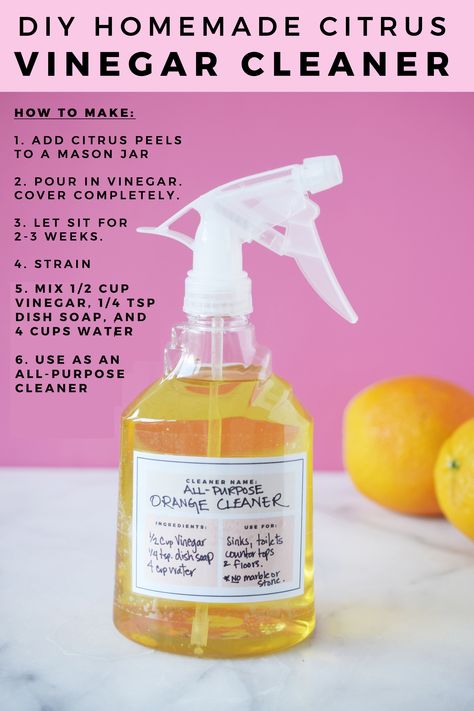 This means being extremely cautious with kitchen countertops and stone floors. Be careful, too, with wood, whether countertops or when cleaning hardwood floors – undiluted vinegar can damage all these.
This means being extremely cautious with kitchen countertops and stone floors. Be careful, too, with wood, whether countertops or when cleaning hardwood floors – undiluted vinegar can damage all these.
Shop for your white vinegar for cleaning here...
441 Amazon customer reviews
☆☆☆☆☆
£1.50
View Deal
Low Stock
£1.74
View Deal
Reduced Price
£6.99
£6.01
View Deal
Show More Deals
Hayley is an interiors journalist, content provider and copywriter with 26 years experience who has contributed to a wide range of consumer magazines, trade titles, newspapers, blogs and online content. Specialising in kitchens and bathrooms, she has twice won the CEDIA Award for Best Technology feature. Hayley writes for H&G about kitchens, bathrooms, cleaning, DIY and organizing.
Specialising in kitchens and bathrooms, she has twice won the CEDIA Award for Best Technology feature. Hayley writes for H&G about kitchens, bathrooms, cleaning, DIY and organizing.
What can and should never be cleaned with vinegar
March 9 Life
Check this list before you start cleaning.
You can listen to the short version of the article. If it's more convenient for you, turn on the podcast.
Can be cleaned with vinegar
1. Windows
To make your own window cleaner, dilute half a tablespoon of vinegar in a liter of water (regular table 6 or 9 percent will do). Pour some into a spray bottle. Wash the glass as usual, and finally wipe it with a dry cloth. There is no need to rinse this mixture.
2. Dishwasher
Vinegar will help remove accumulated dirt and grease. Pour two cups of vinegar into a large glass bowl and place on the top rack. Run a normal cycle, but without detergent and without drying.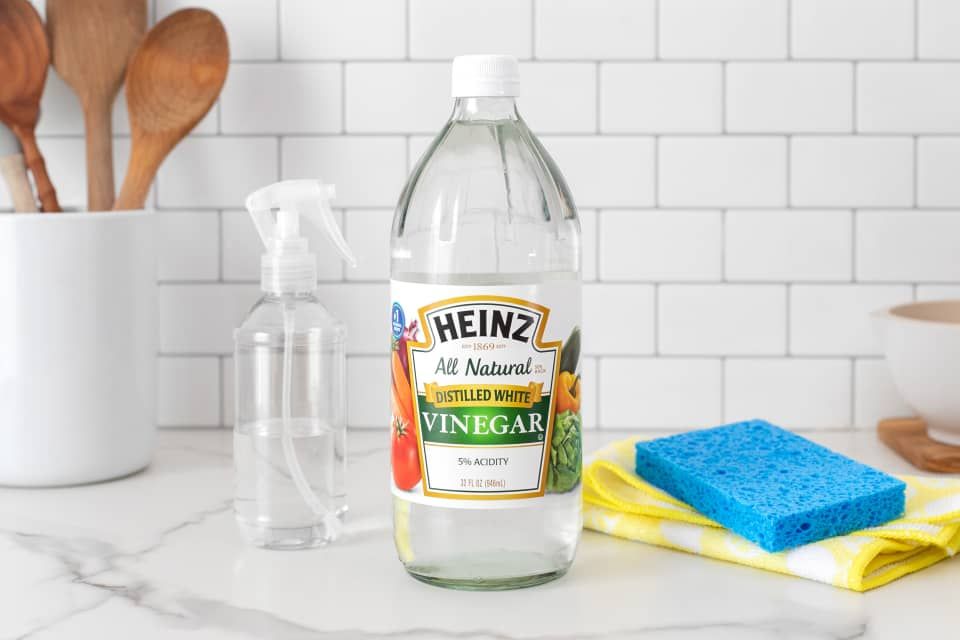 The vinegar will mix with the water and clean the car.
The vinegar will mix with the water and clean the car.
Find out more 💡
- 20 unexpected things to put in the dishwasher
3. Towels
If the towels become hard, put them in the washing machine and pour half a glass of white vinegar into the powder compartment - do not add the powder itself. Vinegar will remove detergent residue and mineral deposits from the fabric that make it rough.
4. Carpets
To remove stains from carpets such as wine, mix a tablespoon of liquid soap, a tablespoon of white vinegar and two cups of warm water. Dampen a clean sponge in the mixture and apply a little at a time to the stain, blotting occasionally with a dry cloth. Continue the process until the stain is gone.
Vinegar can also remove stains and odors from pet urine. Mix a quarter cup of vinegar with a liter of warm water and wet the stain with the mixture. Leave for a few minutes to absorb the liquid and then pat dry. Repeat as needed.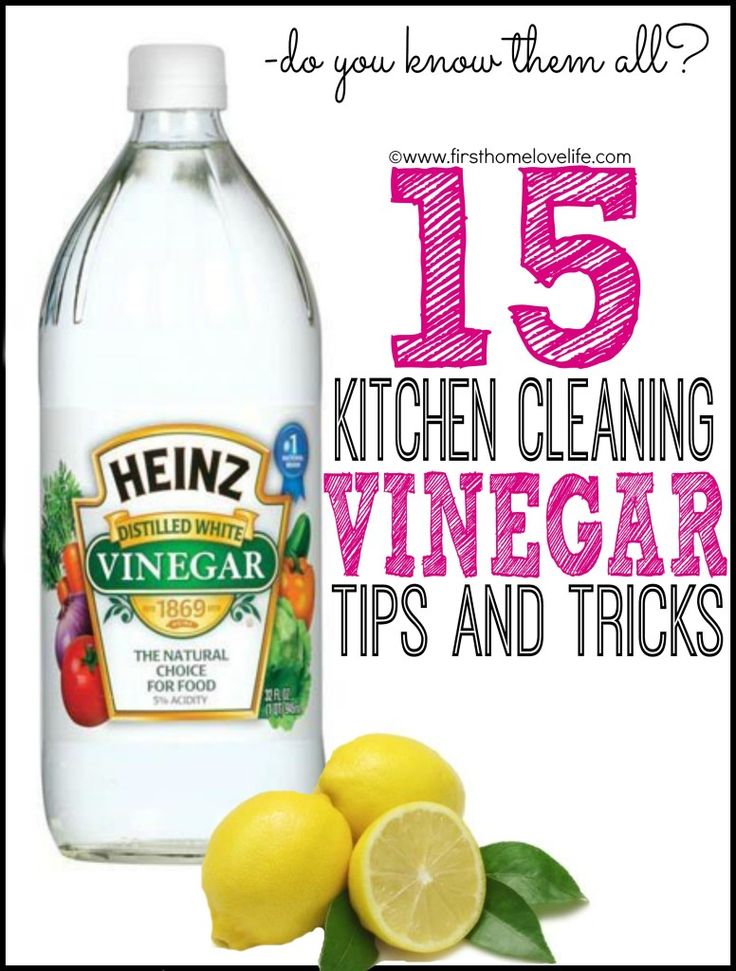
5. Vegetables and fruits from the supermarket
Vinegar will help remove bacteria and pesticide residues used in stores to extend their shelf life. Mix three parts water with one part vinegar and pour into a spray bottle. Treat vegetables and fruits with this mixture, and then rinse in water.
Reading now 🥦
- How many vegetables and fruits you need to eat daily to be healthy
there.
Do not clean with vinegar
1. Granite and marble countertops
Vinegar can damage the surface of the stone. To clean these countertops, use a mild dish detergent and warm water.
2. Stone floors
They can also be damaged by acid cleaners like vinegar and lemon. Wash these floors with special stone soap or mild dishwashing detergent.
3. Broken Egg Remains
If you drop a raw egg on the floor, don't reach for the vinegar to collect the egg white. The acid in the vinegar can cause the egg to curdle and make it harder to peel. It is because of the protein reaction that vinegar is added when poached eggs are boiled.
It is because of the protein reaction that vinegar is added when poached eggs are boiled.
Try it 🥚
- 18 Unusual Ways to Cook Eggs
4. Iron
Vinegar can damage internal parts, so don't pour it into the water container in an attempt to clean the iron. To prevent clogging of the steam holes, empty the iron after use and clean according to the manufacturer's instructions.
5. Hardwood parquet
Better play it safe and use a special cleaner. If you really want to try vinegar for cleaning, be sure to dilute it with water (half a glass of vinegar per four liters of water) and first check in an inconspicuous area.
6. Stubborn stains on fabric
No matter how hard you try, stains from grass, ink, ice cream or blood cannot be removed with vinegar alone. They are quickly absorbed into the fabric and do not react to acid. It is better to treat them with a stain remover, and then wash them with a powder that contains enzymes.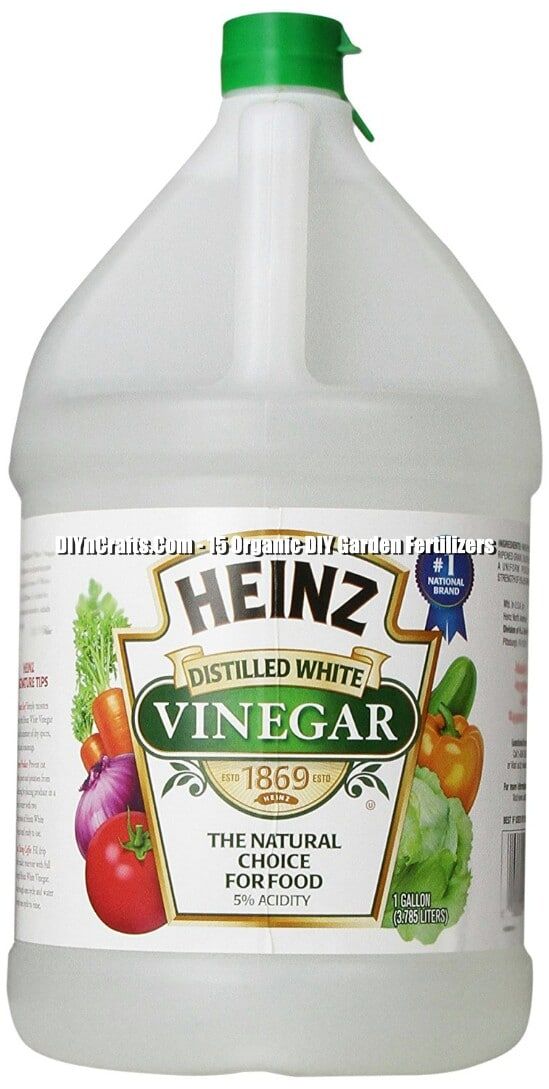
Read also 🧐
- 5 cooking hacks with baking soda
- How to clean a carpet: general rules, tricky stains and cleaners
- How to Get Rid of Mold: The Ultimate Guide
7 Vinegar Cleaning Hacks That Will Save You Money
Listed all the hacks in a short video. Watch if you don't have time to read
1 Clean the shower head
Hard water often builds up in the holes in the shower head. Surely you haven’t washed it for a long time or tried, but it didn’t work out, because it takes a long time to wash each hole individually. There is a way that all you need is a plastic bag, gum and vinegar. Pour vinegar into a bag, place a watering can in it and tie it up, but so that the vinegar is in contact with the holes in the watering can. Leave the watering can for a few hours, you can overnight. Limescale after this procedure should come off quickly, and you do not have to buy special products.
Unsplash
2 Remove rust from tools
Rusty tools are very difficult to clean.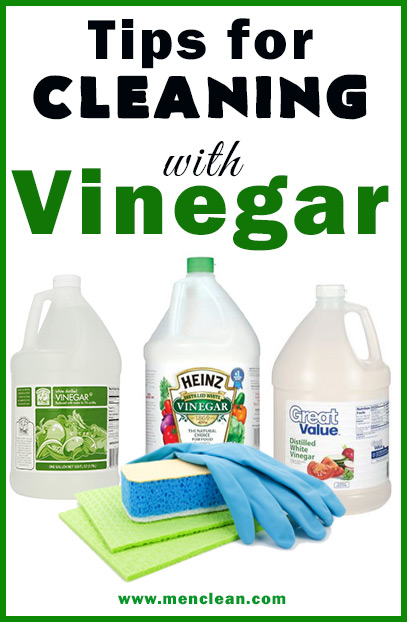 But there are several ways to get rid of rust stains, including vinegar. Pour white vinegar into a jar or glass (large enough to hold a rusty tool). Then lower the tool and leave it for a few hours, maybe overnight. Afterwards, you may have to use sandpaper or a hard sponge to scrape off any remaining rust from the blades. Finally, rinse the instrument under water.
But there are several ways to get rid of rust stains, including vinegar. Pour white vinegar into a jar or glass (large enough to hold a rusty tool). Then lower the tool and leave it for a few hours, maybe overnight. Afterwards, you may have to use sandpaper or a hard sponge to scrape off any remaining rust from the blades. Finally, rinse the instrument under water.
Unsplash
3 Clean the lawn trimmer
When mowing grass, the trimmer blades get dirty. And it is not recommended to clean them with water pressure, as this is an electrical device. The output is a hard brush. For better efficiency and cleanliness, as well as disinfection, it can be soaked in white vinegar, but not so that vinegar flows over the bristles, but lightly.
Unsplash
4 Make a trap for midges at home
Midges and mosquitoes cause a lot of inconvenience and are especially active in the warm season.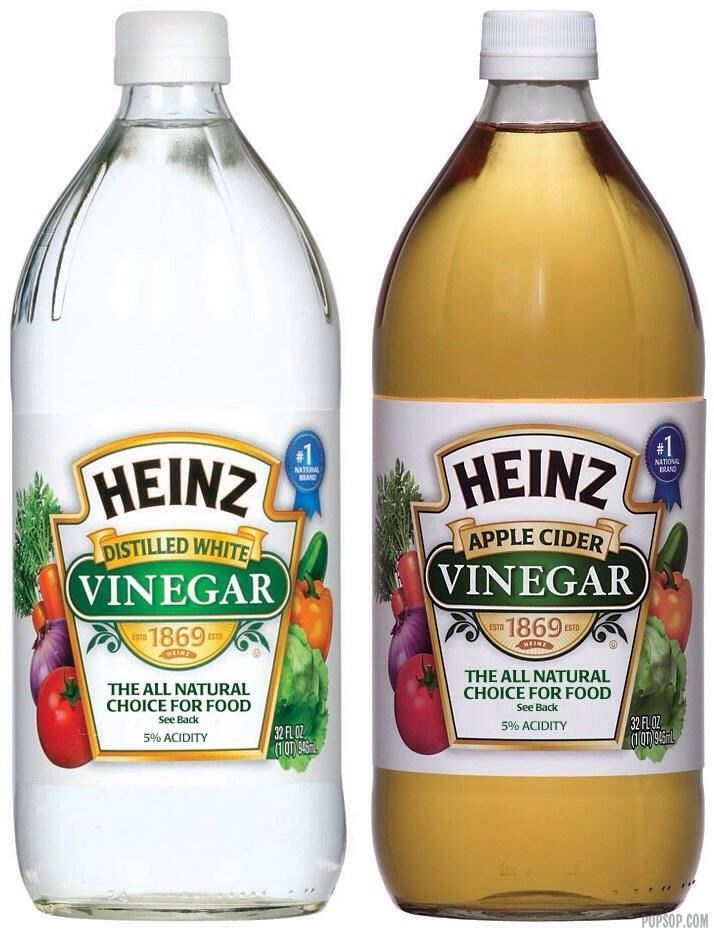 If you do not want to buy fumigators, try this recipe. Pour 4 tablespoons of apple cider vinegar into a shallow jar and add a few drops of dishwashing liquid. Put them in rooms. The insects will smell the vinegar and fly towards it, but they will get stuck in the mixture and be unable to get out. Another plus is that such homemade traps are not toxic, unlike most specialty sprays.
If you do not want to buy fumigators, try this recipe. Pour 4 tablespoons of apple cider vinegar into a shallow jar and add a few drops of dishwashing liquid. Put them in rooms. The insects will smell the vinegar and fly towards it, but they will get stuck in the mixture and be unable to get out. Another plus is that such homemade traps are not toxic, unlike most specialty sprays.
ShutterStock
5 Clean Your Windows
Vinegar and a couple of available ingredients—plain water and cornstarch—make a homemade window cleaner. Dilute equal parts water and white vinegar and add a teaspoon of cornstarch. It is more convenient to dilute the mixture in a spray bottle. The vinegar in this cleanser will help remove any dirt, while the corn starch acts as a mild abrasive. It is best to use a microfiber cloth so that there are no streaks left.
ShutterStock
6 Remove stickers and residues
Try dampening the sticker with vinegar and leave for 10-15 minutes.